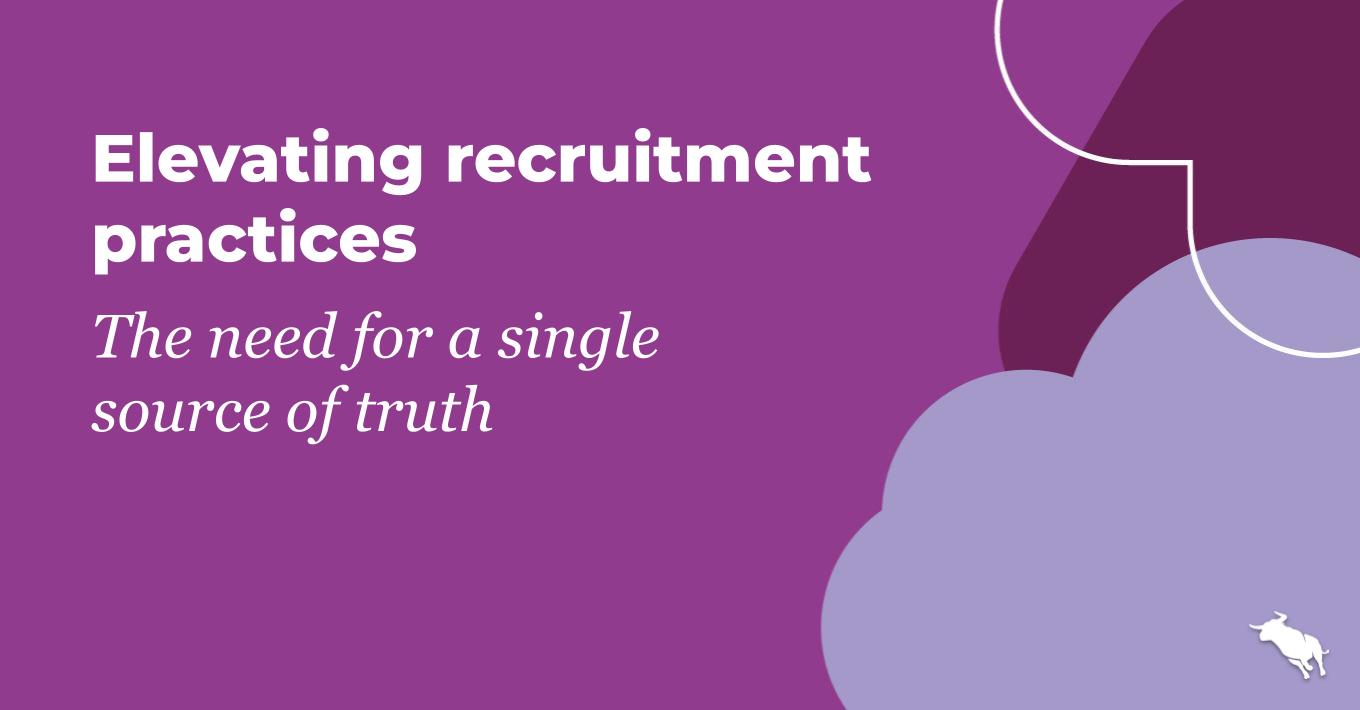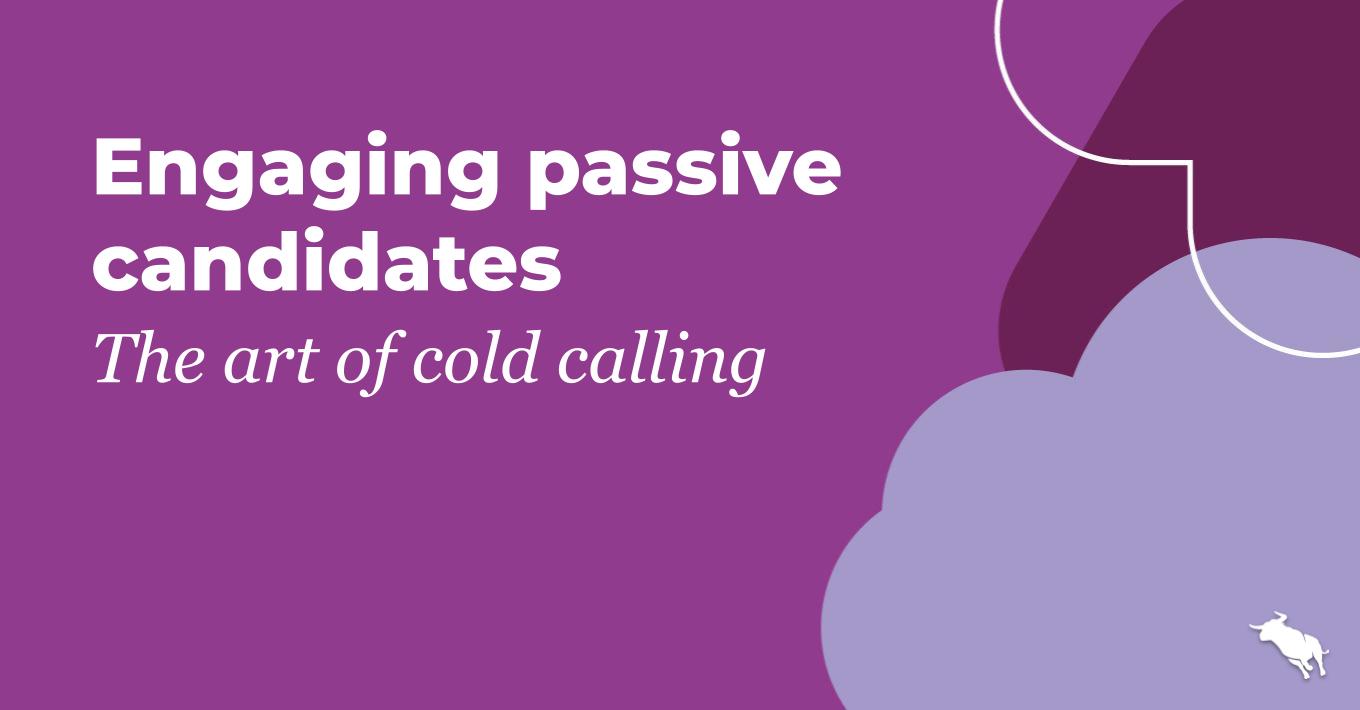How to Master Pay and Bill With Analytics: Invoice Aging

Pay and bill is one of the most crucial elements of the business to get right and it’s also one of the trickiest. Inaccurate invoices are the fastest way to lose a client and damage your reputation. So how can you excel at pay and bill?
Providing accurate pay and bill experience ultimately comes down to using the right tools, implementing an effective process, and monitoring and tweaking that process accordingly. In this series, we’ll cover 5 KPIs that allow you to do exactly that. Last week, we discussed profitability and margin. This week: we dive into Day Sales Outstanding and Invoice Aging.
What is it?
Days Sales Outstanding (DSO) and Invoice Aging are two different metrics that combine to provide valuable insight around the effectiveness of billing and collections processes. DSO measures the average collection period, by providing the average number of days it takes a company to collect payment after invoicing. While Invoice Aging shows the prevalence of invoices that have gone unpaid over a certain number of days, often in increments of 30 days.
What does this metric tell me about my business?
These metrics work well together as DSO provides a holistic view of how effective your billing and collections are, while Invoice Aging helps identify problem areas.
- DSO answers the question, how long does it take for my invoices to get paid? With this insight, you can better understand how quickly your customers are paying their invoices and how well your billing and collection departments are working. A low number of days indicates that your company collects its outstanding receivables quickly, while a large number of days shows a potential area of improvement.
- Invoice Aging helps you identify delinquent clients and enact corrective action, to avoid late payment and/or bad debt. By aggregating across your customers, it also allows you to evaluate the overall efficiency of collections within your business.
How do you measure it?
- DSO: Divide the amount of accounts receivable during a given period by the total value of credit sales during the same period, and multiply the result by the number of days in the period measured. This is often done on a monthly cadence.
- Invoice Aging: In Bullhorn Canvas, pull the pre-built report for invoice aging, or create an ad-hoc report by pulling accounts receivable transaction by client and invoice paid status.
Consider combining with:
Pulse relationship-insights like Account Engagement to help understand your firm’s history and relationship with a given account.
Want to read more about the topics that matter most to staffing professionals? Subscribe to the Bullhorn Blog for news, tips, interviews, trends and more.





